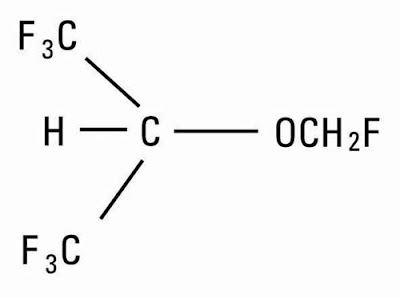Metastatic Melanoma Therapeutics: Advances in Treatment Options
 |
| Metastatic Melanoma Therapeutics |
Melanoma is a type of skin cancer that develops from melanocyte cells which produce melanin pigment in the skin. While melanoma makes up only 1% of skin cancer cases, it causes a large majority of skin cancer deaths due to its ability to spread to other parts of the body. When melanoma spreads from the skin to other organs, it is called metastatic melanoma. For decades, there were very limited options for treating metastatic melanoma with chemotherapy providing little benefit. However, over the past 10-15 years there have been major advances in targeted therapies and immunotherapies that have transformed the treatment landscape for metastatic melanoma.
Targeted Therapies
One of the major breakthroughs was the discovery of targeted therapies that
inhibit specific mutated genes that drive melanoma growth and progression.
About 50% of melanomas have a mutation in the BRAF gene which leads to
uncontrolled cell growth and division. In 2011, the FDA approved vemurafenib
(Zelboraf), the first BRAF inhibitor targeted therapy for metastatic melanoma
patients with the BRAF V600E mutation. Vemurafenib more than doubled median
progression-free and overall survival compared to chemotherapy. Another BRAF
inhibitor, dabrafenib (Tafinlar), was approved in 2013 and showed similar
benefits. While very effective initially, resistance often emerges which limits
the long term benefit of BRAF inhibitors alone. Combining a BRAF inhibitor with
a MEK inhibitor to inhibit downstream signaling pathways increased
progression-free survival further. Currently approved options include the
combination of dabrafenib plus trametinib or vemurafenib plus cobimetinib.
Targeted therapies revolutionized treatment for the roughly 50% of metastatic
melanoma patients whose tumors carry BRAF mutations.
Immunotherapies
Another major development came from immunotherapies that activate the body's
own immune system to recognize and destroy cancer cells. In 2011, the CTLA-4
blocking antibody ipilimumab (Yervoy) became the first immunotherapy approved
for Metastatic
Melanoma Therapeutics based on improved overall survival compared to a
gp100 vaccine in a phase III trial. However, side effects can be severe as it
disinhibits the immune system's natural brakes. In 2014, the PD-1 blocking
antibodies pembrolizumab (Keytruda) and nivolumab (Opdivo) were approved based
on response rates over ipilimumab alone and better tolerability. PD-1
inhibitors have since become the backbone of melanoma treatment due to higher
and more durable response rates than ipilimumab of around 40-50%. Alone or in
combination with other therapies like targeted agents, immunotherapies have
provided unprecedented long term control and even cure of metastatic disease
for many patients.
Immunotherapy Combinations
More recent research has explored combining immunotherapies or adding them to
targeted therapies to improve outcomes even further. Studies demonstrated that
sequential treatment with a BRAF/MEK inhibitor followed by anti-PD-1 therapy
achieved higher response rates than either approach alone. This led to approval
of the combination of binimetinib, encorafenib and pembrolizumab in 2021. There
is also ongoing exploration of combining different immunotherapies like
ipilimumab plus nivolumab. In a phase III trial, this combination improved
survival versus nivolumab alone. However, greater toxicities require close
patient monitoring. Looking ahead, newer immunotherapies targeting additional
checkpoints like LAG-3 and TIM-3 are in development that may provide
alternatives for patients resistant to current options. With the right
combination of therapies tailored to each patient's specific tumor, the goal of
metabolically "curing" melanoma by achieving a sustained remission
may become a reality for more individuals.
Other Treatment Approaches
For patients where immunotherapy and targeted therapy options are limited due
to tumor genetics or progression on earlier lines, additional approaches are
being studied. Oncolytic virus therapy aims to destroy cancer cells by using
viruses that preferentially target and lyse tumor tissue. Talimogene
laherparepvec (Imlygic) was approved in 2015 based on a phase III trial showing
improved durable response rates compared to granulocyte-macrophage
colony-stimulating factor. Ongoing research also evaluates the use of oncolytic
viruses in combination with checkpoint inhibitors. For rare melanoma subtypes
like mucosal or acral melanomas where targeted therapies often do not apply,
new treatments are still urgently needed. Investigational therapies include EP4
receptor antagonists which may enhance chemotherapy response and
tumor-infiltrating lymphocyte (TIL) cell therapy where T cells are extracted
from a patient's own tumor, grown in vitro and infused back into the patient to
induce an anticancer immune response. With continued research, further progress
is expected in broadening treatment options for all stages of melanoma.
Get More Insights on this Topic- https://www.trendingwebwire.com/current-state-of-metastatic-melanoma-therapeutics/



Comments
Post a Comment